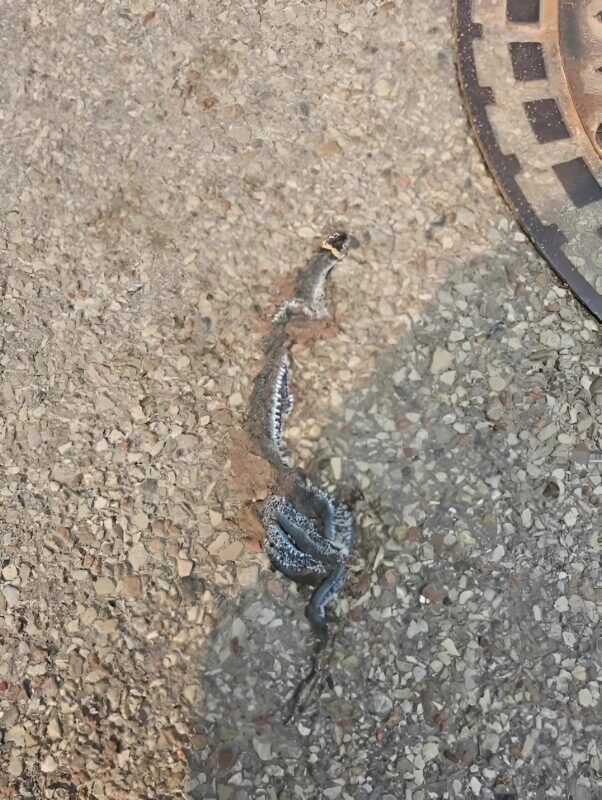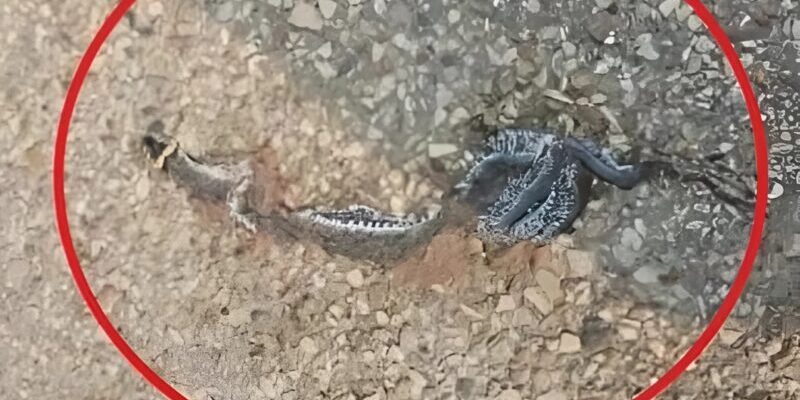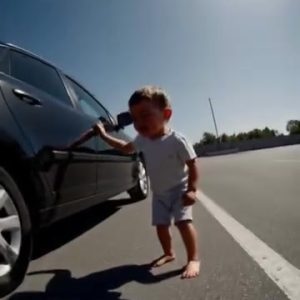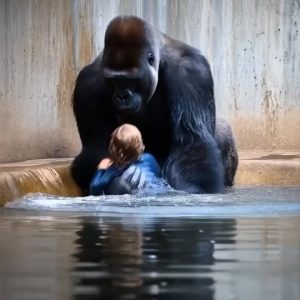Yesterday, I was walking through downtown, completely zoned out, scrolling through my phone. I wasn’t really paying attention to where I was going—just another typical day. But then something on the sidewalk made me stop in my tracks.
At first, I thought it was just an old piece of rope or maybe a torn-up garden hose—nothing unusual. I was about to walk right past it when something made me pause. Maybe it was instinct, or maybe just curiosity. So I took a closer look.
And my heart sank.
Lying there was a small grass snake, crushed flat, lifeless. Its body—once full of color and movement—was now twisted and still. Dozens of people passed by without even noticing. Cars sped past just a few feet away. But I couldn’t look away.
That snake wasn’t just roadkill—it was a symbol of something bigger.
Lately, there’s been a noticeable rise in strange animal sightings around town. People have reported snakes slithering onto balconies, sneaking into backyards, and even getting inside homes through vents.

At first, it all seemed like random one-off incidents. But experts are starting to say otherwise. With rapid urban development and shrinking green spaces, wild animals are being pushed out of their habitats and into ours. Climate change is only making it worse, forcing them to adapt—or disappear.

What I mistook for trash on the sidewalk turned out to be a wake-up call.
Grass snakes might be harmless, but their growing presence in cities should make us stop and think. Nature isn’t just “out there” anymore. It’s inching closer, showing up where we least expect it—and sometimes, it’s right at our doorstep.





